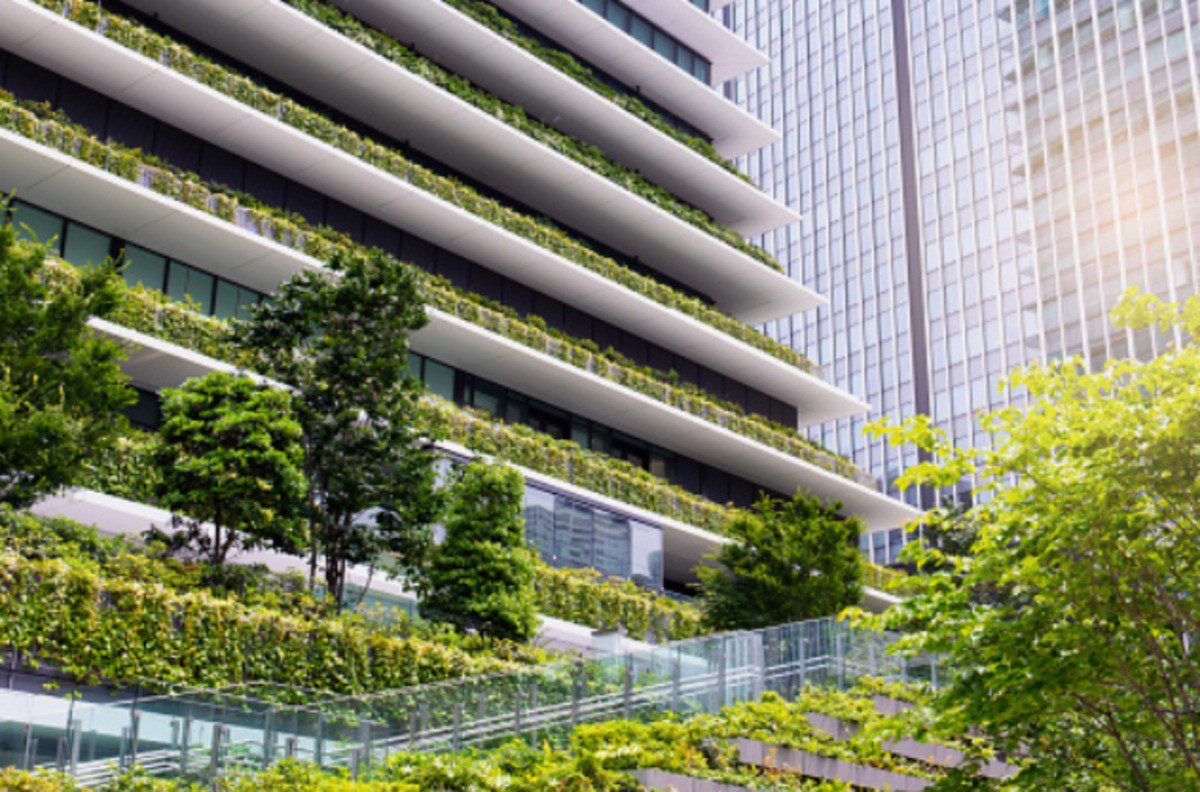Understanding the unique challenges of office spaces Office spaces represent a dynamic environment where functionality and comfort are paramount. When

In the picturesque landscapes of California, where sustainability is more than just a buzzword, the integration of green building practices is essential for multi-story projects. Structural engineering plays a pivotal role in this journey towards eco-friendly construction. This blog delves into the sustainable and environmentally conscious approaches that structural engineers can adopt when working on multi-story buildings in the Golden State.
California has long been at the forefront of the green building movement in the United States. Its commitment to sustainability is evident through stringent environmental regulations, energy efficiency requirements, and the adoption of renewable energy sources. As such, multi-story building projects in the state are mandated to align with these principles.
Structural engineers are key players in the pursuit of sustainable multi-story buildings. By integrating eco-conscious practices into their designs, they can contribute to reducing the environmental footprint of construction while meeting local regulations and environmental objectives.
Choosing sustainable construction materials is a fundamental step. Engineers must evaluate the environmental impact, durability, and availability of materials. Opting for recycled or locally sourced materials and those with a low carbon footprint can significantly reduce the environmental impact.
Structural engineers can design systems that minimize material usage, such as efficient framing systems that require fewer components and less steel or concrete. By doing so, they reduce the embodied energy in the building.
Efficient load-bearing systems, like moment frames or braced frames, can be designed to use resources judiciously. This approach decreases material requirements while maintaining structural integrity.
Structural engineers can work in tandem with architects to design a high-performance building envelope. This minimizes heat loss and gains, reducing the building’s energy consumption.
Rather than demolishing existing structures, engineers can assess the feasibility of seismic retrofitting and repurposing older buildings, preserving valuable resources.
Structural engineers in California must navigate the state’s stringent green building standards. Compliance with regulations such as CalGreen and LEED (Leadership in Energy and Environmental Design) is critical. These standards promote sustainable site development, water and energy efficiency, and indoor environmental quality, among other eco-friendly measures.
The field of structural engineering continually evolves, offering innovative tools and technologies that support green building practices. Engineers can employ Building Information Modeling (BIM) and advanced simulation software to optimize designs for sustainability, energy efficiency, and structural integrity.
Collaboration is paramount in multi-story projects. Structural engineers need to work closely with architects, mechanical engineers, and other stakeholders to ensure that sustainability goals are aligned throughout the design and construction phases. Clear communication helps integrate systems like HVAC, plumbing, and electrical with structural elements for maximum efficiency.
At InnoDez, we understand the vital role of structural engineering in achieving green building practices in California. Our experienced team of structural engineers is dedicated to integrating sustainable solutions seamlessly into multi-story projects, ensuring that they meet local regulations and environmental objectives. Contact us today to learn more about our structural consulting services and how we can contribute to your eco-friendly construction goals in California.
About Author
InnoDez